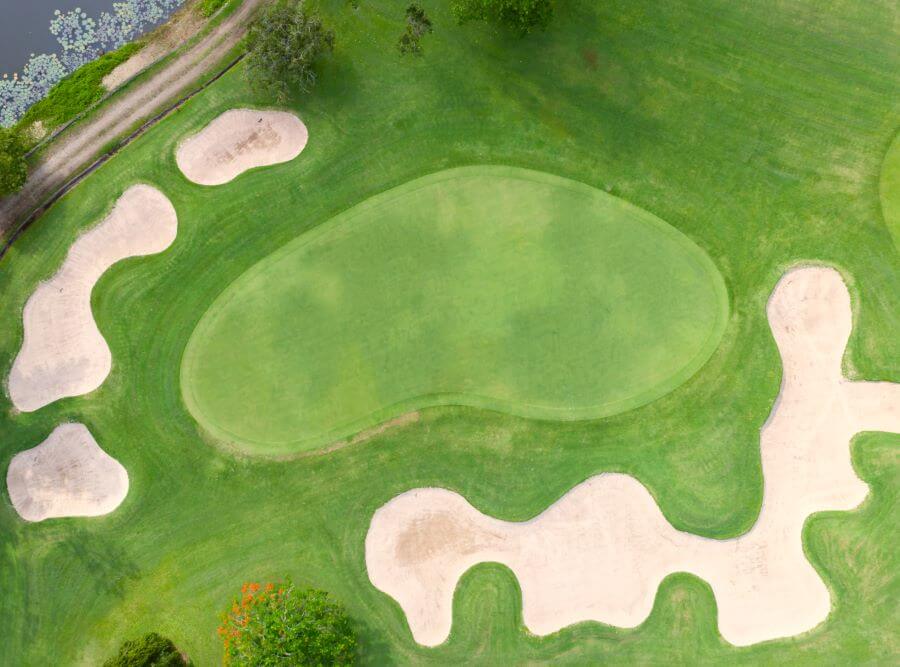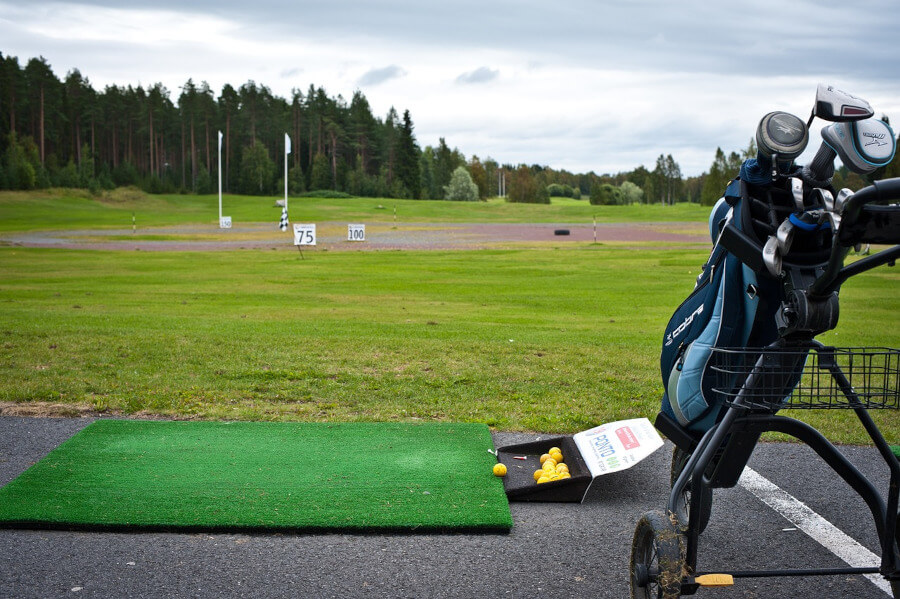How To Approach Difficult Golf Holes (8 Essential Tips)
If you play the same courses frequently, you know that feeling when you step up to the tee box of a birdie hole.
You can swing aggressively, you’ll have a short shot in, and all you need to do is leave an uphill look at birdie. However, not every hole is like that.
Some golf holes have hazards, difficult greens, and thick, rough sand surrounding the greens. It’s easy to get into a negative mindset and make mistakes.
Here are the best ways you can learn how to approach difficult golf holes and give yourself a better chance at saving par.
Key Takeaways
If you don’t have a lot of time to go through the details of approaching challenging golf holes, here are some of the key takeaways you can take away right now.
- Before heading out to the golf course, try to do some shot planning to ensure you have a smart plan for a difficult hole.
- Consistent ball striking and proper wrist action increase the reliability of your shots and make it easier to hit it close.
- Sharpen your short game skills, particularly high and low shots around the greens, to save strokes from challenging positions.
- Maintain a positive outlook, treating difficult holes as opportunities to test your skills rather than obstacles to your score.
- Opt for strategic, conservative shots over aggressive plays, especially on holes where hazards and rough can significantly impact your score.
- Prioritize reaching the green in regulation and aim for the center to minimize risks.
Looking for guidance on handling challenging layouts? A local golf coach can help you develop a more strategic approach to tough holes.
How To Approach Difficult Golf Holes
Pre-game and pre-hole Planning
When you know you have a difficult hole ahead of you, plan ahead. Take a bit more time to lay out your entire plan for the hole.
Not sure how to plan the hole? Here are the things you should be thinking about:
- What club to hit from the tee
- Where to place the tee shot
- What angle do you want to approach the green
- Going for the green or laying up?
- Going for the pin or the center of the green?
- What angle you want for your putt
Use a golf GPS to narrow down the yardages of each of these and plan how you want to play it. You won’t always hit every shot exactly as you plan, but visualization and shot planning are essential to success.
Create Some Consistency In Your Ball Striking
A difficult hole requires a golf shot that you can count on. You must create a flat or slightly flexed lead wrist position at impact to create consistency in your ball striking.
Golfers who struggle with inconsistency often have an extended lead wrist position at impact.
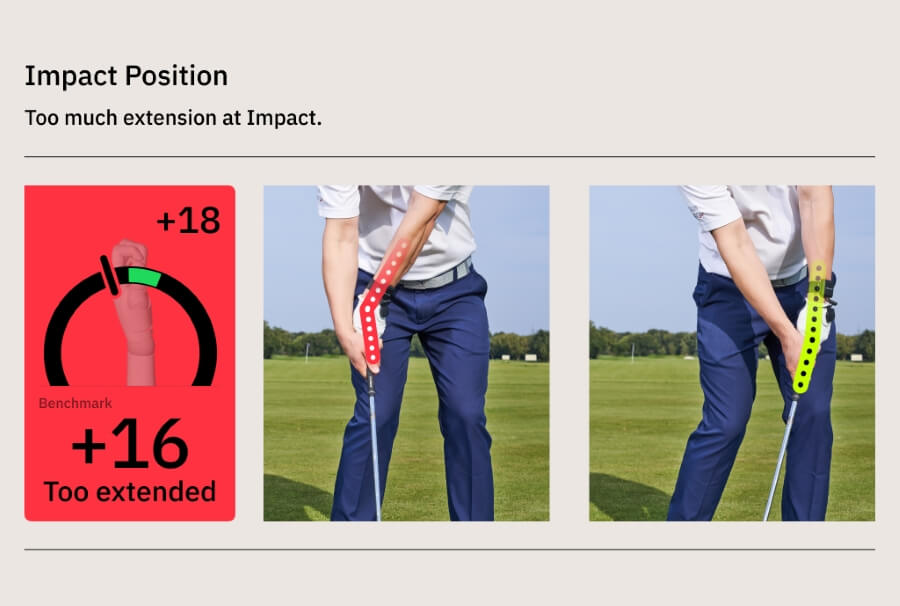
The extension in the lead wrist causes the clubface to open and be in a weaker position at impact.
To create more consistency in your ball striking:
- Use HackMotion to measure your current wrist angles at setup, top of the backswing, and impact
- Develop consistency in the grip position
- Work to ensure you don’t add lead wrist extension on the backswing
- Start the downswing with a move towards flexion so the lead wrist is in the right position at impact.
Here is a drill called the motorcycle drill that can show you one of the easiest ways to add more flexion and improve ball striking.
The Motorcycle Drill encourages you to flex (bow) the lead wrist in the downswing, preventing an overly extended wrist at impact.
This helps square or slightly close the face. The Motorcycle Drill is a great place to start for golfers who slice the ball.
Motorcycle Drill – Master Wrist Flexion in the Downswing
Focus on continuously adding flexion until the club reaches parallel, then smoothly complete your swing.
Aim For Safe Areas – Know How To Do The Math
You have 210 yards to a green on a par 5, and you think it’s time to go for the pin. The problem?
You have to carry at least 180 yards of water to get there.
Is it worth it?
On difficult holes, these kinds of decisions are not worth it. Instead, you must find a safe area to aim for and play for the par.
Sometimes, the smart way to play a difficult hole is to try to make a one-putt safe par. You must do some math with a rangefinder or GPS device when aiming for safe areas.

Leave yourself in a safe position and a spot from which you can be aggressive.
For instance, if you lay up on that par 5 we referenced, give yourself a shot you feel comfortable with.
Maybe it’s a 20 or 30-yard pitch or even a 75-yard sand wedge. Stay away from the awkward in-between yardages.
Positivity Only
Playing a difficult golf hole requires positivity!
Standing on the tee box, worrying or fearing what you have in front of you is just not the way to approach these challenging golf holes. You must remain positive.
Starting to say that you can’t stand a hole, or it’s always a double, or “there goes my score” is a terrible way to approach this process.
Instead, remain positive and consider this a challenge instead of something you dread.
This video from Golf Made Simple shows you the importance of allowing your mind to think positively.
Improve the Short Game To Get Closer From Anywhere
If your short game is strong, you should be able to get your golf shot up and down from anywhere around the greens. Most golfers struggle to know how to hit both a high and a low shot around the green.

Pitch shots fly higher and stop quickly on the greens. Chip shots fly lower and roll longer when they hit the ground.
Adjusting your setup and wrist angles can change the angle and ball flight of your chip shots.
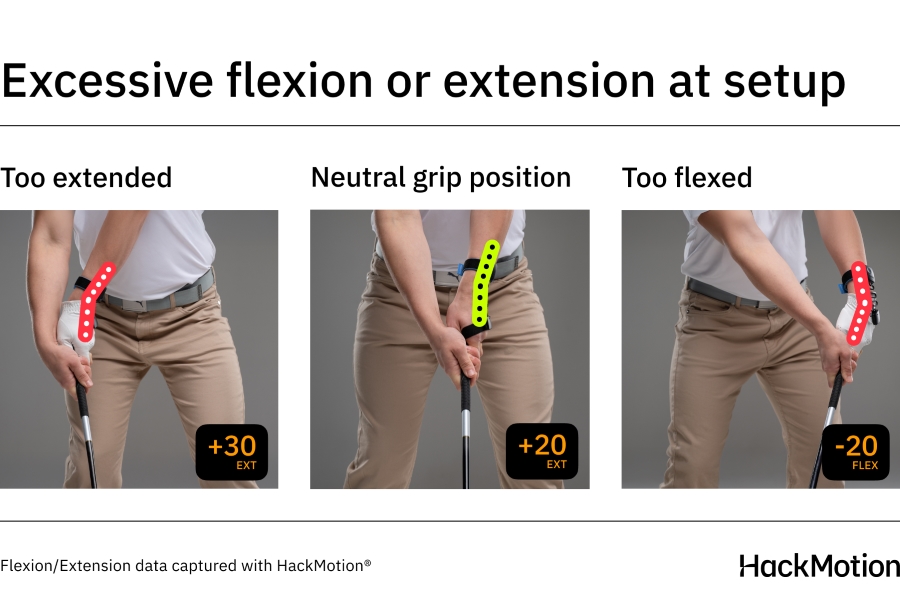
A flexed or bowed lead wrist at impact produces lower shots, and adding a bit of extension back in will raise the ball flight.
Steve Johnston breaks down how to ensure your wrist action is correct throughout the swing.
Forget The Pin
Most amateur golfers aim directly at a pin when approaching the green.
This is a mistake.
Instead, you would be better off going for the center of the green on every hole. Your chances of hitting the green and making a two-putt par increase considerably.
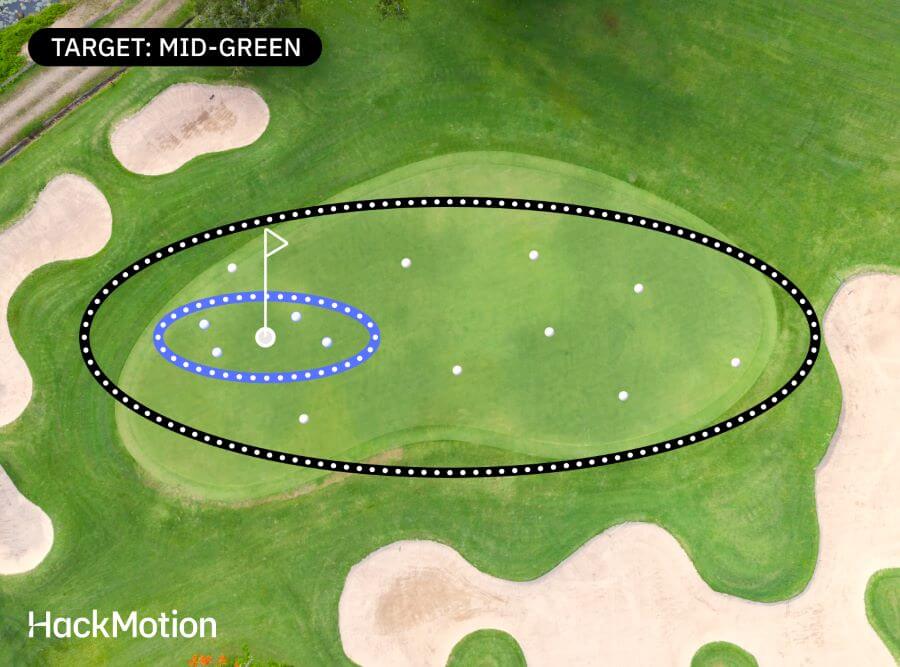
On difficult holes, if going for the green is too risky, feel free to lay in an area just short of the green and try and get up and down.
The point here is that your aggressiveness on difficult golf holes does not pay off. This is the time to play safe, hit it in the middle, and move on.
Wait For The Birdies
The difficult holes are not the birdie holes.
In fact, I’ve known many great players who will tell you some holes they play for a bogey.
Avoiding the double and triple bogey is the key to getting through a difficult golf hole. You can recover from a bogey, but when it turns to doubles and triples, the chance of recovery is significantly reduced.

Adjust your mindset on the difficult holes and be happy with a par or bogey.
Let Slope Work For You
Finally, a little trick that many amateur players ignore is to let slope work for you. Slope comes into play from the tee as well as on approach shots.
If you find the correct slope, you can get a better bounce, a few more yards, or let the ball roll closer to the pin.

Use a golf GPS and your own course knowledge to let the slope work for you.
On challenging holes with hazards, let the slope carry you away from the hazard, not towards it.
When it comes to the putting green, pay close attention to the slope around the greens.
The slope will influence your pitch and chip, which can be all the difference between a 3-foot par putt and a 30-foot par putt.
Frequently Asked Questions
Here are a few of the most commonly asked questions about approaching difficult golf holes.
How do you know which golf hole is the hardest?
Take a look at a scorecard and see which hole is the number one handicap hole; that is the hardest hole on the course.
How do you play a tough golf course?
Play a tough golf course without being overly aggressive. Choose a smart club off the tee, pay close attention to hazards, get accurate yardages, and aim for the center of the green.
How do you recover from a bad hole in golf?
When you play a bad hole in golf, try to move on from it and get it out of your mind. On the next hole, it feels like you are starting from scratch and have a clean slate. Focus on positive swing thoughts and execute.
Does handicap 1 mean the hardest hole?
The 1 handicap hole on a scorecard is the hardest hole on the course.
Final Thoughts
If you double or triple bogey the same hole each time you go out to play golf, it’s probably time to change up your strategy.
Some holes on the golf course are harder than others, and you can’t approach them all with the same aggressive swings.
Learn to control your wrist angles, plan out your shots, and be patient for those birdies.
One or two difficult holes on a golf course don’t need to ruin your entire round.







